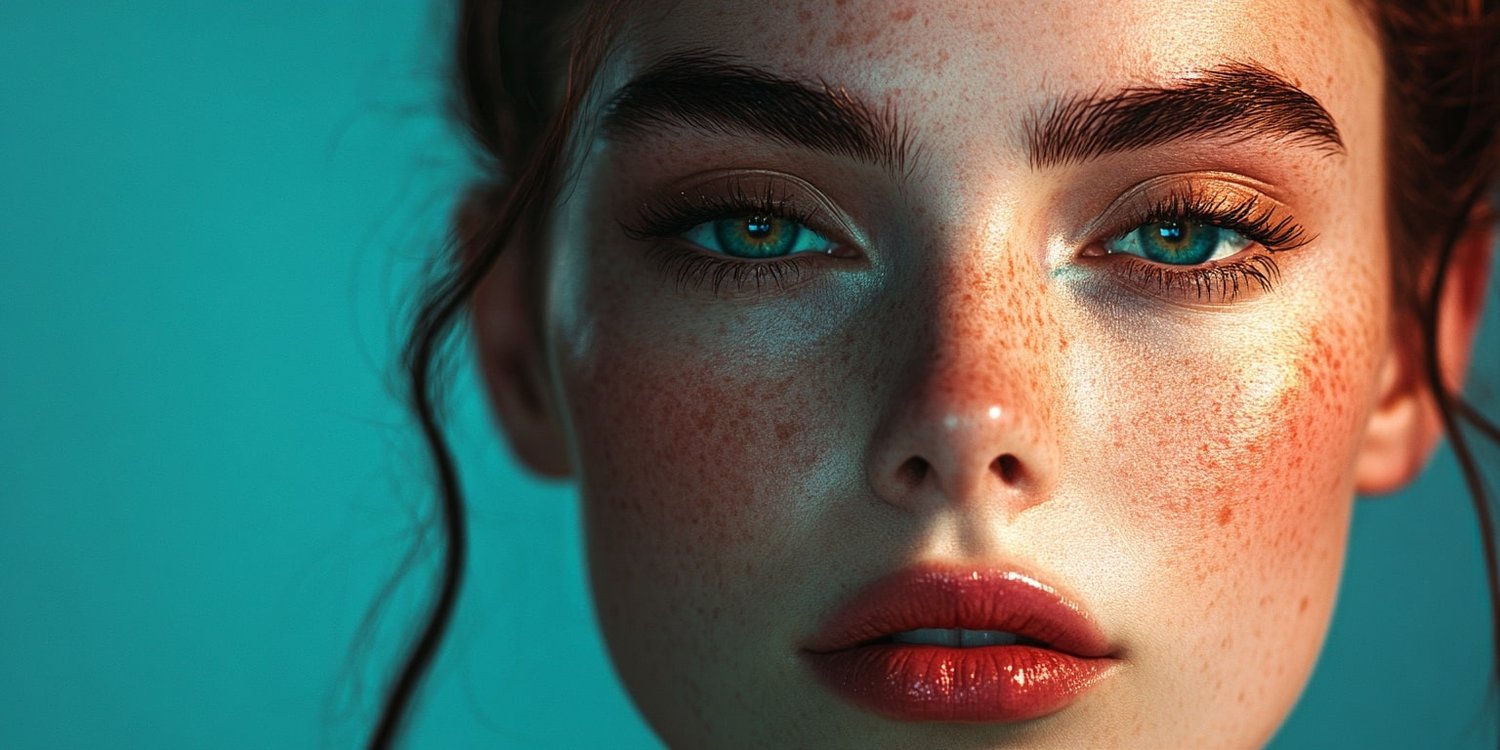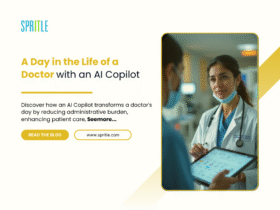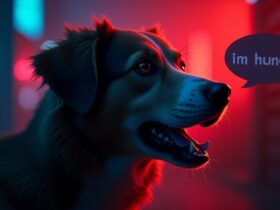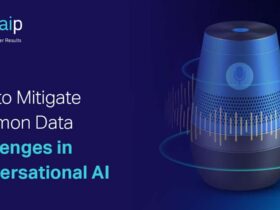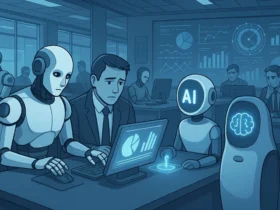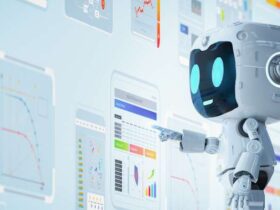
AI-generated images are not just hyper-realistic; they can also be crafted to embody an infinite variety of features, expressions, and aesthetics. A recent example is a post by Moritz Stellmacher on X that showcases a very intriguing human portrait, leaving viewers puzzled about whether it’s a photograph of a real person or an AI creation. This uncertainty underscores the power and realism of modern AI tools, which can now produce images that blur the line between the real and the artificial.
But what does this mean for the future of portrait photography? Will AI-generated images push us towards embracing unconventional looks, or will the classic ideals of beauty continue to reign supreme in advertising and media?
The Battle Between Standard Beauty and “Interesting” Looks
Historically, the modeling industry has adhered to standard beauty principles—symmetry, clear skin, specific body types, and a certain allure that appeals to the broadest audience. These norms have dictated everything from fashion runways to magazine covers and advertisements. However, the emergence of AI-generated images might signal a shift toward more diverse and unconventional aesthetics.
AI models can be designed to have unique, striking, or even otherworldly features that challenge traditional beauty standards. As people grow more accustomed to these digitally created faces, the demand for more “interesting” looks could increase, potentially redefining what is considered attractive or marketable. Brands might experiment with these new aesthetics to stand out in a crowded digital marketplace, giving rise to a trend where diversity and individuality take center stage.
The Potential Impact on the Modeling Industry
The modeling industry is already feeling the ripples of this technological shift. As AI tools become more accessible, companies may begin to rely on virtual models—figures created entirely by algorithms that can be customized and controlled to meet precise creative needs. This could reduce the demand for human models, especially for roles where physical presence isn’t required, such as digital advertising or virtual events.
However, it’s also possible that the industry will evolve to coexist with AI-generated content. Human models bring authenticity, emotion, and a connection that AI models might not fully replicate. The tactile experiences, spontaneous emotions, and unique quirks that real people bring to a photo shoot can’t be entirely replaced by AI.
Future Trends: Coexistence or Competition?
So, will AI-generated images dominate the future of portrait photography? It’s likely that both AI and human-created content will coexist, each offering unique advantages. Human models will continue to be sought for their ability to convey genuine emotion and connect with audiences on a personal level. At the same time, AI-generated models will provide limitless creative possibilities, enabling brands to push boundaries and explore new visual territories.
Ultimately, the trajectory of portrait photography may lean towards a more inclusive and diverse representation of beauty. Whether driven by human photographers or AI algorithms, the future of visual media could celebrate a broader spectrum of looks, challenging the conventional ideals of beauty that have prevailed for so long.
The convergence of AI and photography presents a unique opportunity to redefine the aesthetics of portrait photography. While traditional beauty principles may still hold sway, there is a growing appetite for images that challenge the norm, offering something more unique and captivating. As we move forward, the question is not whether AI will replace human models, but rather how both can be used to create a richer, more varied visual landscape.



